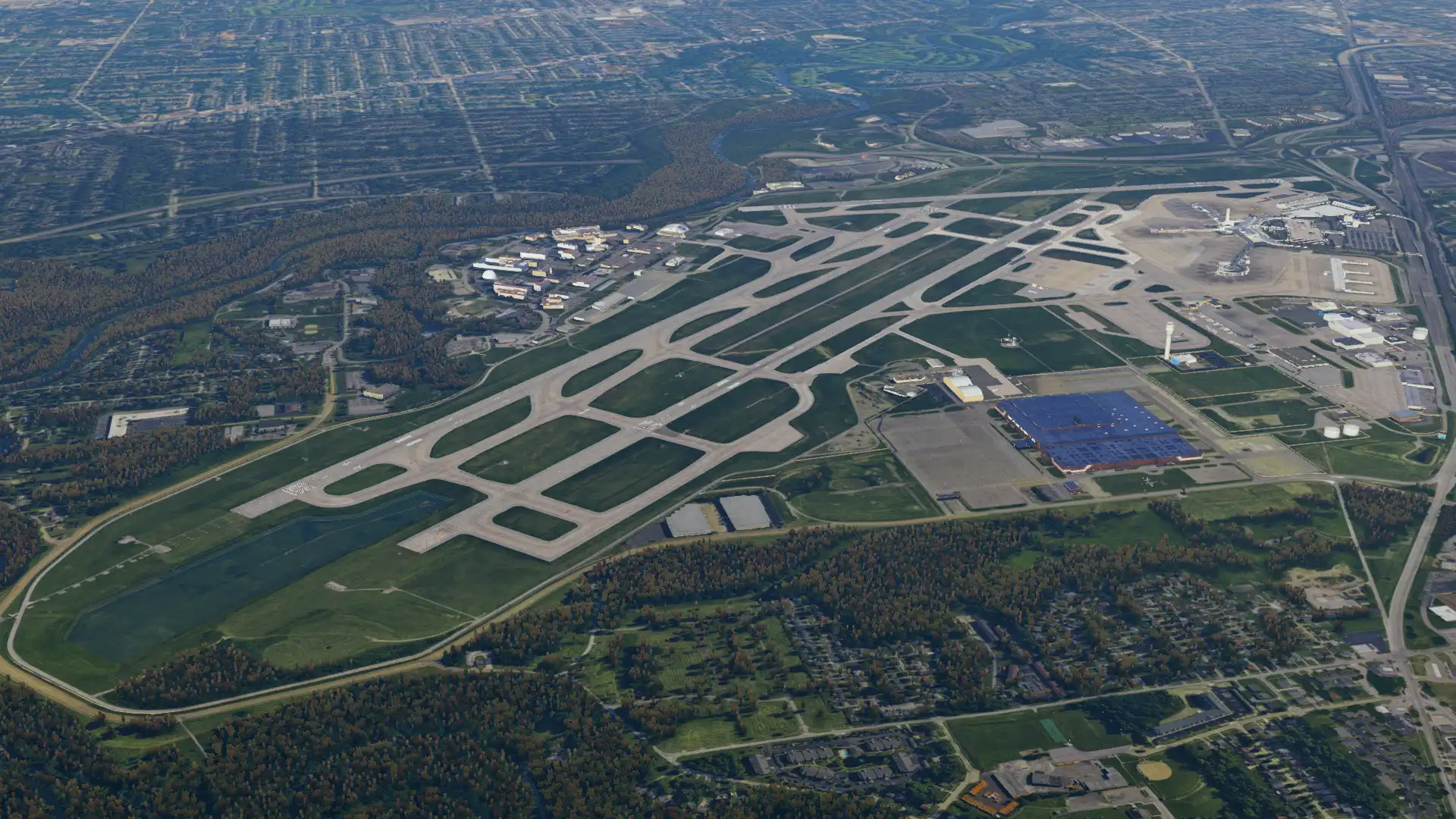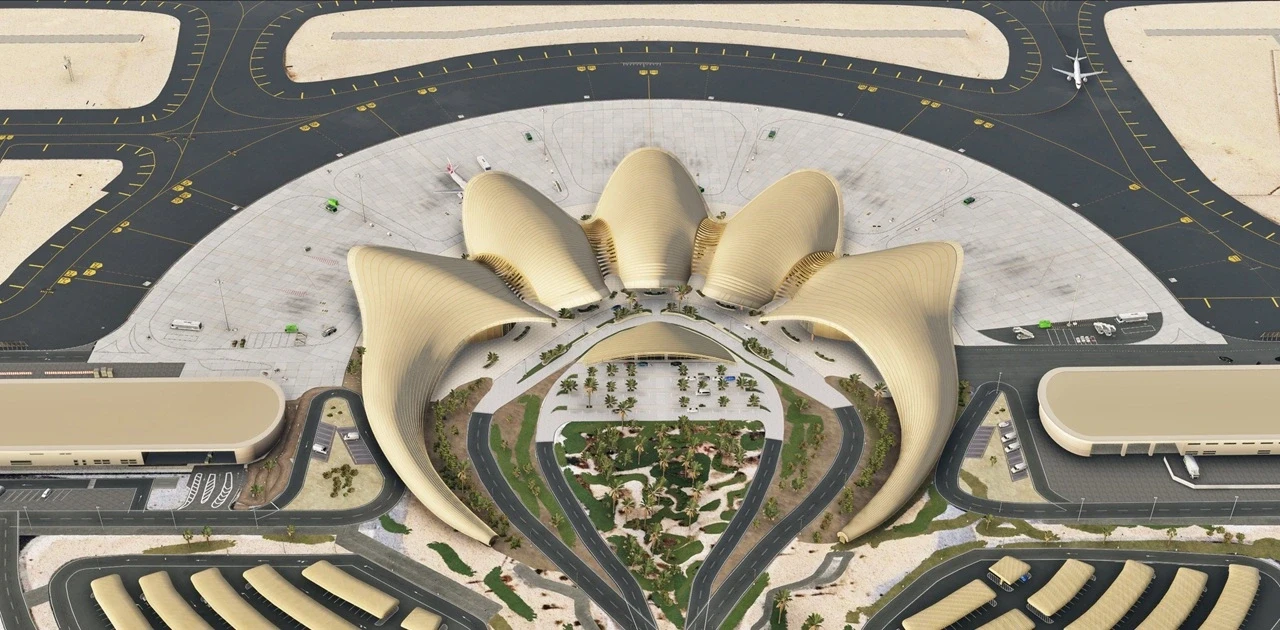Meet Ava: A real-life plane designed using X-Plane
January 30, 2019
Developer
Images: Copyright Eric Adams / @ericadams321
In one of many inspiring real-life uses of X-Plane, Laminar Research’s own Austin Meyer showcases the power and versatility of X-Plane with real-life aircraft design. The developer and filmmaker is working on a new aircraft called “Ava”, currently in the final stages of construction which happens to be a true X-Plane based on an existing Lancair fuselage to cut down costs.
Currently in Beta:
The aircraft is developed under Austin’s new startup called Beta. Shattering conventions of using software like Dassault's CATIA for CAD, CAM and CAE The plane's development centres around the usage of X-Plane’s Plane-Maker to design the general layout. The aircraft, named “Ava” is an electric airplane powered by 8 Vermount maple electric motors wrapped in Carbon Fibre, designed in Plane-Maker and flown using the standard X-Plane flight model. The rotors lift the plane up vertically and tilts forward for flight, akin to many helicopters.
The project aims to address one of aviation’s greatest hurdles; that aircraft consumes a lot of fuel and uses up too much runway – both factors requiring significant damages to the environment. The solution is a design that required neither fuel or runway, “Ava” is in a way a quick and dirty prototype designed to research and understand how to design and develop e-VTOLs. The company plans to build more examples after refining the production process.
The design process involves extensive testing in X-Plane first prior to real life flight testing, the team configured a simulator with all the latest X-Plane features; experimental flight model switched on, with the prop wash and wing/wash model and interactions alongside the avionics of the actual airplane in the sim.
“We are now in the middle of flight test, and the results are pretty incredible.”
How does the real airplane perform compared to X-Plane? As of now, the team is currently in the middle of real-life flight testing, and the numbers calculated in X-Plane are eerily accurate and incredible.

The “Required power for hover” closely aligns with X-Plane’s prediction as well as the predicted 20 degree forward vector, and the speed that was received with the vector forward about 20 degrees sits just a few knots from X-Plane’s estimation. "Flight-tests has been done so far at vectors from straight-up hover to 20 degrees forwards of vertical."
In truth, Austin concludes that the handling of the plane feels just the same in reality as it does in the sim, so the results are really great.
Read the original post on Facebook: LINK
Share this page
COMMENT ADVISORY:
Threshold encourages informed discussion and debate - though this can only happen if all commenters remain civil when voicing their opinions.






.webp)





